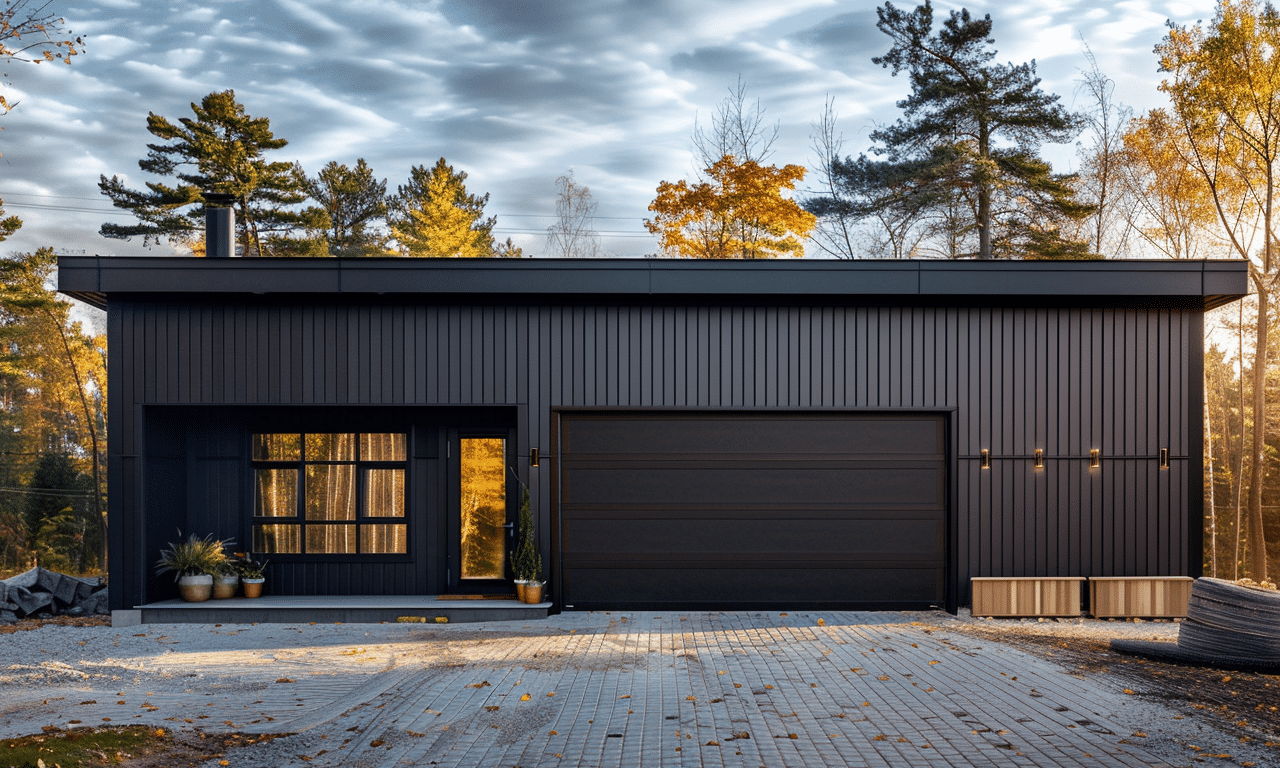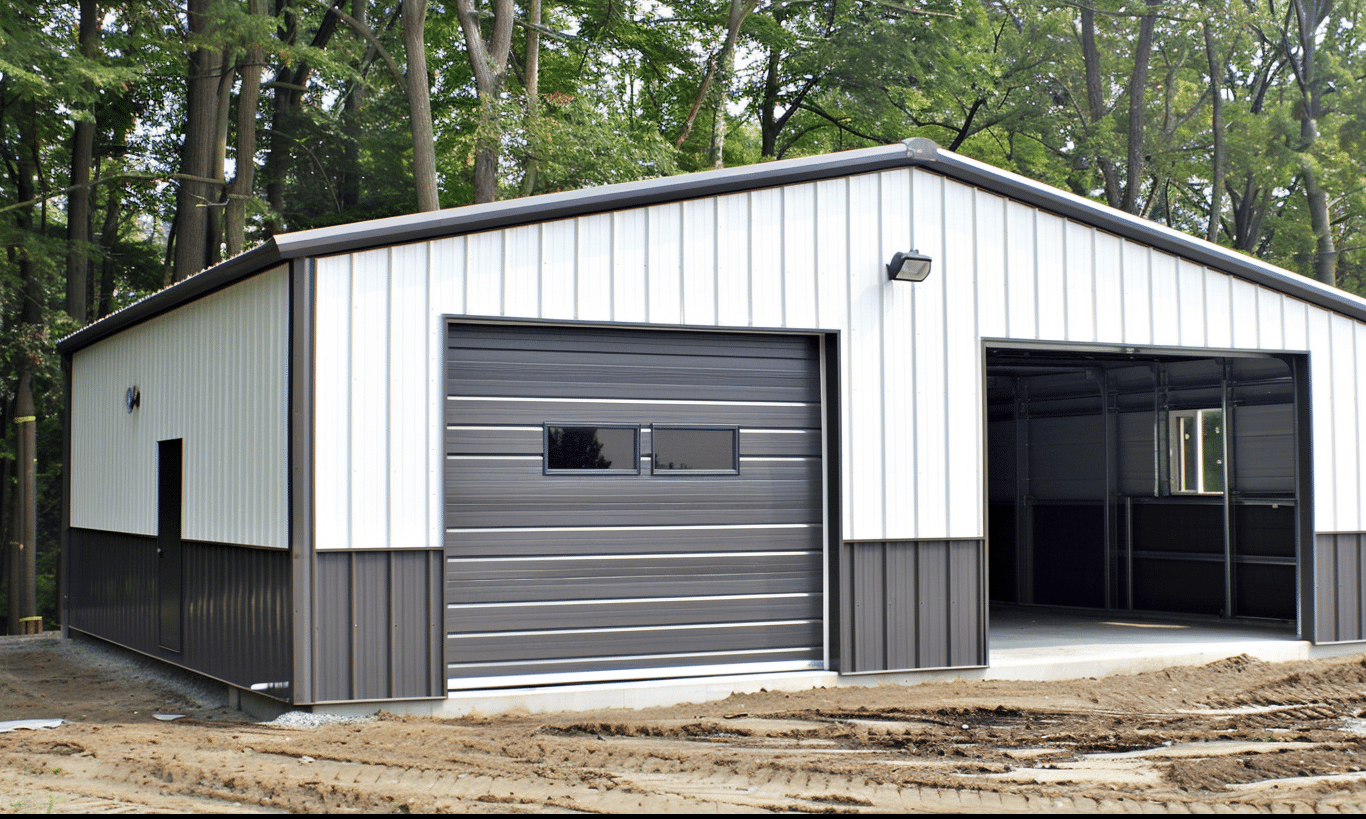When it comes to choosing the right roofing materials for your home or commercial building, the options can be as overwhelming as a vast buffet. Should you go with asphalt shingles, the traditional favorite? Or maybe the sleek metal roof for a modern touch? How about the always classy and durable tile roofs? Let’s dive into this comparison of roofing materials, keeping in mind the key factors of cost, durability, and aesthetics to help you make an informed decision.
Understanding the Basics of Roofing Materials
Before we get into the specifics of each type of roofing, it’s essential to understand their underlying properties. Roofing materials need to withstand the harsh elements, provide insulation, and complement the architectural style of the structure they cover. Whether you’re considering a 30×60 steel building kit for a large project or a smaller residential build, the choice of roofing can significantly affect the longevity and efficiency of the overall structure.
Asphalt Shingles: The Traditional Favorite
Asphalt shingles have been a go-to roofing material for many years, mainly because of their affordability and ease of installation. They offer a variety of colors and styles, which makes them a versatile choice for different architectural designs. But like all things traditional, they do come with their set of pros and cons.
**Pros:**
– **Cost-Effective:** Asphalt shingles are generally the most affordable roofing option.
– **Variety:** Available in an array of colors and styles to suit diverse preferences.
– **Ease of Installation and Repair:** Quick to install and straightforward to repair, making them a preferred choice for tight schedules.
**Cons:**
– **Durability:** Compared to metal and tiles, asphalt shingles have a shorter lifespan.
– **Environmental Concerns:** Asphalt is less eco-friendly due to its petroleum base.
Metal Roofing: The Modern Marvel
If sustainability, durability, and a touch of modern aesthetics are on your checklist, metal roofing might be your match. Metal roofs have surged in popularity over recent years, but what makes them so appealing?
Metal roofing benefits include impressive durability and energy efficiency. They act like a shield, protecting your property from severe weather conditions, and they reflect sunlight, which can help reduce cooling costs. If you are involved with Steel Building Supply, metal roofs are an excellent option due to their compatibility with steel structures.
**Pros:**
– **Longevity:** Metal roofs can last up to 70 years, which is significantly longer than asphalt.
– **Energy Efficiency:** They reflect solar radiant heat, reducing cooling costs by 10-25%.
– **Environmental Impact:** Often made from recycled materials and fully recyclable at the end of their life.
**Cons:**
– **Initial Cost:** Higher initial investment compared to asphalt.
– **Noise:** They can be noisier during rain and hail, but additional insulation can mitigate this.

Tile Roofing: The Timeless Classic
Tile roofing, though often seen as a luxury choice, offers an unparalleled aesthetic that can enhance the curb appeal of any building. Its European charm and reputation for durability make it a favorite among homeowners seeking longevity without compromising on style.
**Pros:**
– **Aesthetic Appeal:** Offers a unique, classic appearance that is unmatched by other roofing materials.
– **Durability:** Resistant to fire, rot, and insect damage, and can last over 100 years.
– **Natural Insulation:** Superior insulating properties help regulate building temperatures naturally.
**Cons:**
– **Weight:** Requires a reinforced roof structure to support their heavy weight.
– **Cost:** Higher cost of materials and installation compared to other types.
Environmental Considerations and Energy Efficiency
As environmental concerns grow, the demand for sustainable roofing options increases. All three materials can be eco-friendly in their ways:
– Asphalt shingles can now be recycled, though their production process is less sustainable.
– Metal roofing plays a significant role in energy efficiency and is recyclable. For those constructing prefabricated metal buildings in Ontario, this roofing material promotes better thermal performance, leading to energy conservation.
– Tile roofs are often made from natural materials like clay or concrete, contributing to their sustainability.
For a more detailed comparison of roofing materials and their environmental impact, refer to the Canada Green Building Council – Roofing Materials Comparison.

Conclusion: Making the Right Choice
After delving into the nitty-gritty of the three main types of roofing materials, which one should you choose? That depends largely on your specific needs, budget, and personal preferences. If cost and ease of installation are your primary concerns, asphalt shingles might be the way to go. For those prioritizing longevity and energy efficiency, investing in a metal roof could provide the best returns over time. And if aesthetics and durability are at the forefront, the timeless appeal of tile roofing is unbeatable.
Remember, the roof you choose will form the crowning glory of your structure, much like a hat completes an outfit. It’s more than just a protective layer; it’s a statement about what you value in a dwelling. Whether you’re building a commercial space with a 30×60 steel building kit or a cozy home, the right roofing can enhance both the functionality and appearance of your property.










